Home>Ideas and Tips>Xeriscaping 101: Water-Wise Landscaping For Dry Climates
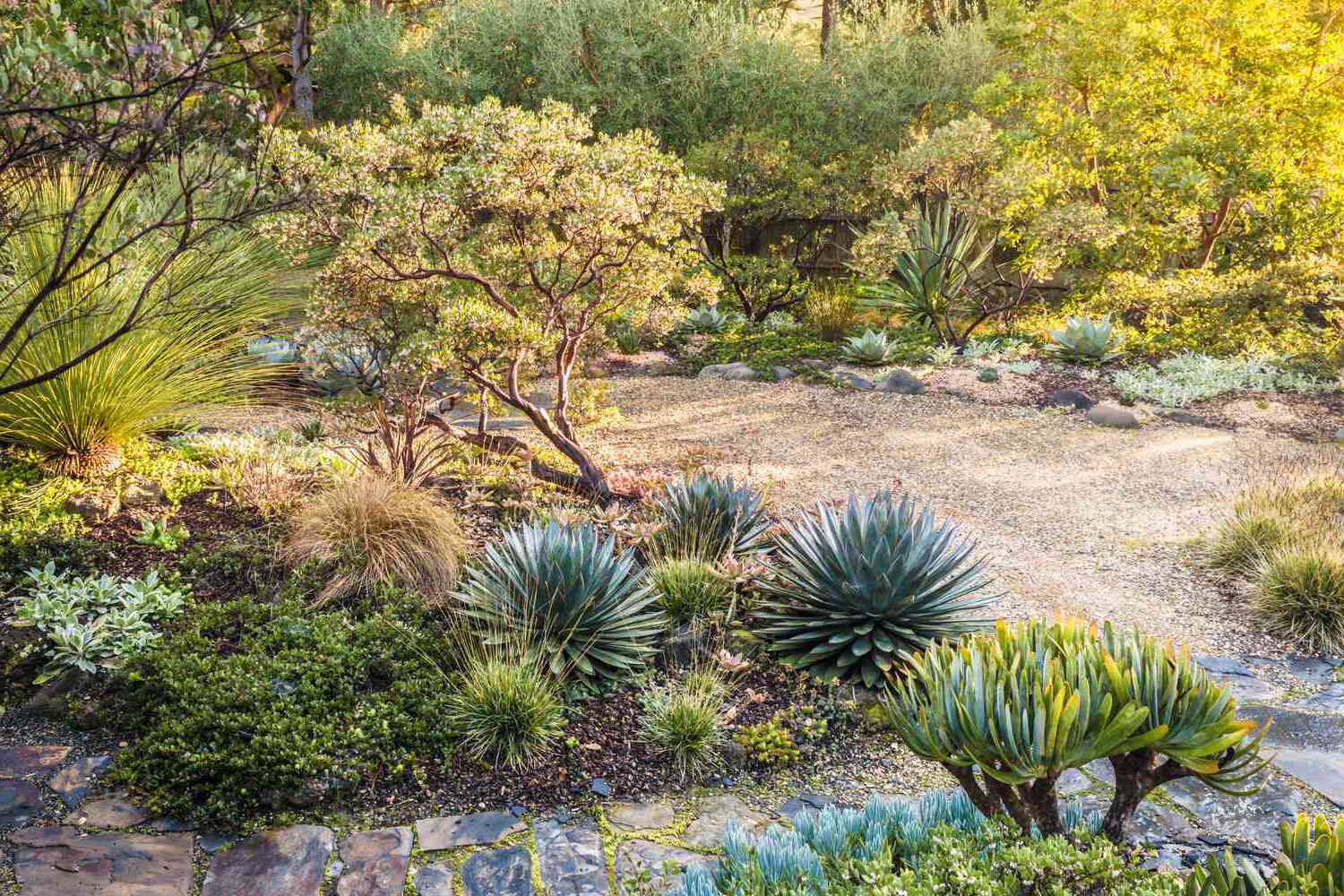

Ideas and Tips
Xeriscaping 101: Water-Wise Landscaping For Dry Climates
Published: October 28, 2024
Learn the essentials of xeriscaping to create a beautiful, water-efficient landscape perfect for dry climates. Save water and enhance your garden's sustainability.
(Many of the links in this article redirect to a specific reviewed product. Your purchase of these products through affiliate links helps to generate commission for Storables.com, at no extra cost. Learn more)
Xeriscaping, a term coined by the Denver Water Department in the 1980s, is a water-wise approach to landscaping that has gained significant popularity in recent years, especially in regions prone to drought. This method of landscaping is not just about aesthetics; it's a practical and sustainable way to maintain a healthy garden with minimal supplemental water. In this article, we will delve into the principles and practices of xeriscaping, providing you with a comprehensive guide to creating a beautiful and water-efficient landscape.
What is Xeriscaping?
Xeriscaping combines the Greek word for "dry" (xeros) with the word "landscaping." It is a method of designing landscapes that use creative design to conserve water. Unlike traditional landscaping, which often requires frequent watering, xeriscaping aims to minimize water consumption by selecting plants that are adapted to local climate conditions and using smart design strategies to reduce evaporation and runoff.
Key Principles of Xeriscaping
-
Planning and Design
- The first step in xeriscaping is to plan your garden carefully. This involves understanding your local climate, noting areas that receive full sun, partial shade, and full shade, and identifying slopes and drainage patterns. A site assessment can be helpful if you're unsure about these factors. By knowing how different parts of your yard are used and how they interact with sunlight and moisture, you can create a design that works with your environment rather than against it.
-
Soil Improvement
- Good soil health is crucial for any garden, and xeriscaping is no exception. Healthy soil can store large amounts of water for extended periods, reducing the need for supplemental irrigation. While it's challenging to change soil texture with amendments, adding organic matter like compost or manure can help retain and release water more efficiently. This process not only improves soil structure but also supports beneficial organisms that live in the soil.
-
Practical Turf Areas
- Lawns can be beautiful but are often impractical in terms of water conservation. Consider minimizing turf areas to specific use zones like play areas or sports fields. For areas where grass is necessary, use water-conserving turf grasses such as centipede, zoysia, or Bermuda. Mowing high can also help these grasses withstand droughts and recover quickly when rains return.
-
Efficient Irrigation
- Efficient irrigation systems are a core aspect of xeriscaping. Automatic systems that deliver water directly to plant roots through drip irrigation or soaker hoses are more effective than sprinklers, which often waste water through evaporation and runoff. When manual watering is necessary, it's best to water less frequently but deeply to saturate the soil thoroughly.
-
Mulching
- Mulch plays a vital role in xeriscaped yards by keeping plant roots cool, conserving moisture, minimizing evaporation, and preventing soil compaction and crusting. A good mulch layer can significantly reduce moisture loss from the soil while also suppressing weeds that compete with plants for resources.
-
Low Water-Use Plants
- Selecting plants with low water requirements is essential for xeriscaping. Native plants adapted to local climate conditions are often the best choice because they require minimal care and can thrive with minimal watering. Drought-resistant plants with small and thick leaves are particularly effective in hot and dry sections of your yard.
-
Appropriate Maintenance
- Proper maintenance is crucial for maintaining a healthy xeriscape. This includes regular checks on soil moisture levels, pruning plants to promote healthy growth, and addressing any pest issues promptly without resorting to pesticides that can harm beneficial organisms in the soil.
-
Variety and Flexibility
- One common misconception about xeriscaping is that it must be a uniform desert landscape devoid of color and texture. However, this couldn't be further from the truth. By grouping plants with similar water needs together and incorporating a variety of drought-tolerant plants, you can create a visually appealing landscape that thrives with minimal water input.
Understanding Your Local Climate
Xeriscaping is not a one-size-fits-all solution; it requires a deep understanding of your local climate and its seasonal patterns. If you live in a perpetually dry climate or one with defined wet/dry seasonal patterns, occasional deep watering during rain-free months can expand your plant palette and allow for a lusher garden.
Native Plants vs. Nativars
Native plants are those that have evolved over time to thrive in specific local conditions without requiring supplemental care or water. Nativars, on the other hand, are hybrids of native plants bred for specific traits like color or size but still retain many of their natural characteristics. Both types can be beneficial for xeriscaping but native plants generally require less maintenance and care.
Climate-Specific Plant Selection
For example:
- Desert Climates: Plants like succulents and cacti are ideal for desert landscapes due to their ability to store water in their leaves or stems.
- Dry Summer Climates: Plants like lavender and rosemary can thrive in dry summer conditions with minimal watering.
- Wet/Dry Seasonal Climates: Plants like coneflower and black-eyed Susan can handle varying moisture levels and are perfect for regions with distinct wet and dry seasons.
Read more: What Is Xeriscaping Landscaping
Design Strategies for Xeriscaping
Grouping Plants with Similar Water Needs
One of the key principles of xeriscaping is grouping plants with similar water requirements together. This strategy allows you to concentrate supplemental watering efforts on fewer areas, reducing overall water usage. For instance:
- Low-Water Plants: Place drought-resistant plants like succulents and sedum in dry, sunny spots.
- High-Water Plants: Plant vegetation that requires lots of water in low-lying drainage areas, in the shade, or near downspouts.
Hardscaping and Stormwater Management
Hardscaping elements like rocks and decorative features can be used to direct stormwater towards planted areas. This not only reduces runoff but also creates microclimates that support plant growth with less water. Windbreaks and shading from these elements can also help develop microclimates that enhance plant health.
Soil Solutions
Soil health is critical for any gardening approach, including xeriscaping. Here are some tips for improving soil health:
Mulching
Mulching is one of the best things you can do for your soil's health. It prevents evaporation from the soil surface while keeping plant roots cool. A two-to-four-inch layer of mulch can significantly affect moisture levels in the soil by slowing down evaporation and protecting it from overheating.
Soil Amendments
While it's challenging to change soil texture with amendments, adding organic matter like compost or manure can help retain and release water more efficiently. This process not only improves soil structure but also supports beneficial organisms that live in the soil.
Water-Wise Maintenance
If you can't give up your entire lawn, at least allow it to go gold during the dry season—it will come back with the rains. If you do need to water, do so rarely but deeply. Saturate the soil to a depth of inches rather than simply wetting the surface. To water most efficiently, use soaker hoses rather than sprinklers or simply spray from the hose.
Efficient Irrigation Systems
Automatic irrigation systems that deliver water directly to plant roots through drip irrigation or soaker hoses are more effective than traditional sprinkler systems. These systems reduce evaporation and runoff while ensuring that plants receive exactly what they need when they need it.
Read more: How To Design A Water-Wise Succulent Garden
Benefits of Xeriscaping
Xeriscaping offers numerous benefits beyond just water conservation:
Reduced Maintenance
Xeriscaped properties require less maintenance compared to traditional landscapes. With fewer plants requiring frequent watering and pruning, you'll spend less time caring for your garden.
Lower Costs
By reducing the need for water, fertilizers, and maintenance products, xeriscaping can significantly lower your garden's upkeep costs. This makes it an attractive option for homeowners looking to save money while also contributing to environmental sustainability.
Environmental Impact
Xeriscaping helps protect local water sources by reducing the amount of water used in landscaping. This is particularly important in regions experiencing drought or water scarcity issues. By choosing drought-tolerant plants and employing efficient irrigation techniques, you're contributing to a more sustainable environment.
Implementing Xeriscaping in Your Yard
Starting with a plan is key when implementing xeriscaping in your yard. Here’s how you can get started:
-
Evaluate Your Current Landscape
- Note areas that receive full sun, partial shade, and full shade.
- Identify slopes and drainage patterns.
-
Research Native and Drought-Tolerant Plants
- Look for plants adapted to your local climate conditions.
- Choose plants with small and thick leaves that require minimal water.
-
Plan Your Garden Layout
- Group plants with similar water needs together.
- Incorporate efficient irrigation systems like drip irrigation or soaker hoses.
-
Incorporate Mulching
- Apply a two-to-four-inch layer of mulch around plants to conserve moisture and prevent evaporation.
-
Administer Proper Maintenance
- Regularly check soil moisture levels.
- Prune plants to promote healthy growth and address any pest issues promptly without resorting to harmful chemicals.
Conclusion
Xeriscaping is not just about creating a dry landscape; it's about designing a water-efficient garden that thrives with minimal supplemental water input. By understanding your local climate, selecting appropriate plants, using smart design strategies like grouping plants with similar water needs together, and employing efficient irrigation techniques like drip irrigation or soaker hoses, you can create a beautiful and sustainable outdoor space that not only saves water but also reduces maintenance costs and environmental impact.
In summary:
- Plan carefully: Understand your local climate and note areas used for different activities.
- Improve soil health: Add organic matter like compost or manure to retain water efficiently.
- Choose low-water plants: Select native plants adapted to local conditions or drought-resistant varieties.
- Use efficient irrigation: Install automatic systems like drip irrigation or soaker hoses.
- Mulch effectively: Apply mulch layers around plants to conserve moisture.
- Maintain properly: Regularly check soil moisture levels and prune plants as needed.
By following these principles and practices outlined above, you'll be well on your way to creating a stunning yet sustainable xeriscape that not only enhances your property's aesthetic appeal but also contributes positively towards environmental conservation efforts.
Additional Resources
For those looking to delve deeper into xeriscaping techniques and plant selection, there are several helpful resources available:
- Books: The Xeriscape Handbook and Xeriscape Plant Guide offer comprehensive guides on designing and maintaining water-efficient landscapes.
- Local Municipalities: Websites of local municipalities often provide specific information on plants and techniques that work best in your area.
- County Extension Offices: These offices offer expert advice tailored to regional conditions, ensuring you get the most out of your xeriscape design.
By embracing xeriscaping principles, you're not only creating a beautiful outdoor space but also joining a growing community of eco-conscious individuals committed to redefining what it means to have a lush, sustainable landscape.
Final Thoughts
In conclusion, xeriscaping is more than just a trend; it's an essential method for creating low-water landscapes that are ideal for drought-affected areas. By understanding your local climate, selecting appropriate plants, using smart design strategies like grouping plants with similar water needs together, and employing efficient irrigation techniques like drip irrigation or soaker hoses, you can enjoy the benefits of xeriscaping no matter where you live.
Whether you're looking to save money on maintenance costs or contribute positively towards environmental conservation efforts by reducing water usage in landscaping practices—xeriscaping offers numerous advantages that make it an attractive option for homeowners worldwide.
So why wait? Start planning your xeriscape today and join the movement towards creating stunning yet sustainable outdoor spaces that not only enhance property values but also protect our precious water resources for future generations
Was this page helpful?
At Storables.com, we guarantee accurate and reliable information. Our content, validated by Expert Board Contributors, is crafted following stringent Editorial Policies. We're committed to providing you with well-researched, expert-backed insights for all your informational needs.
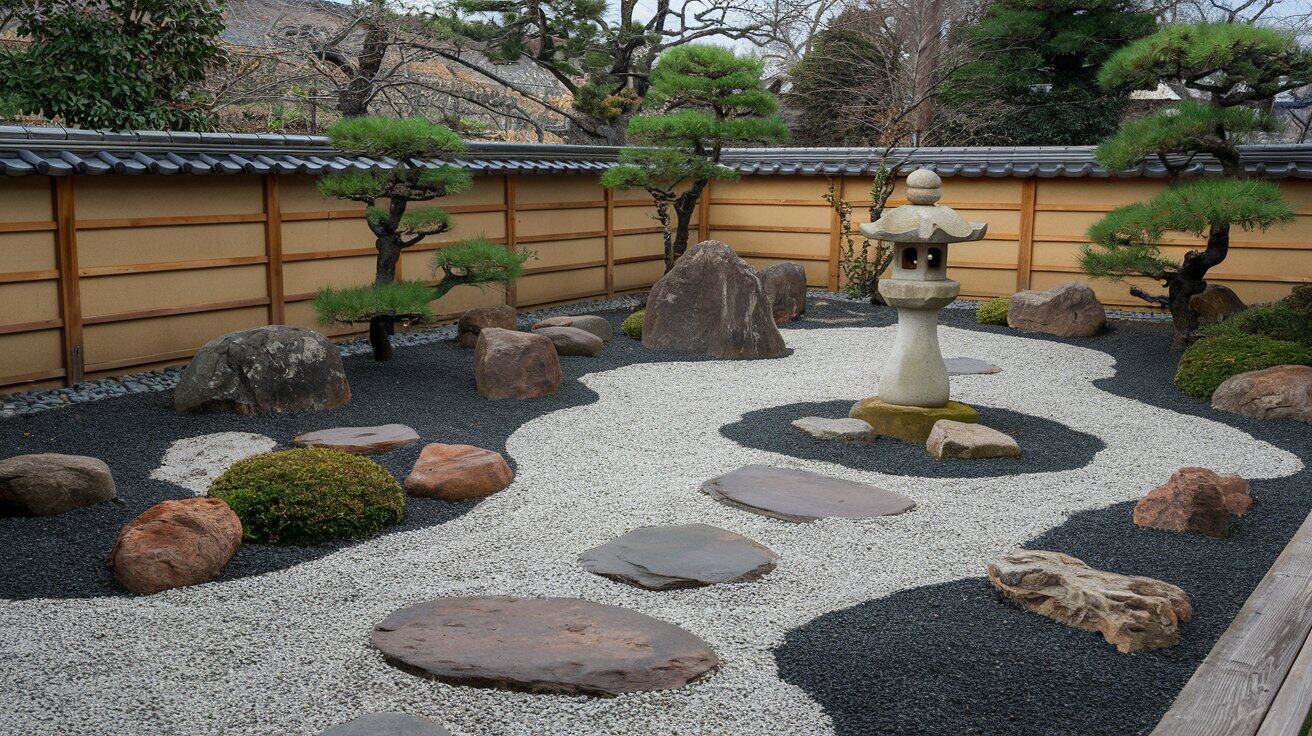
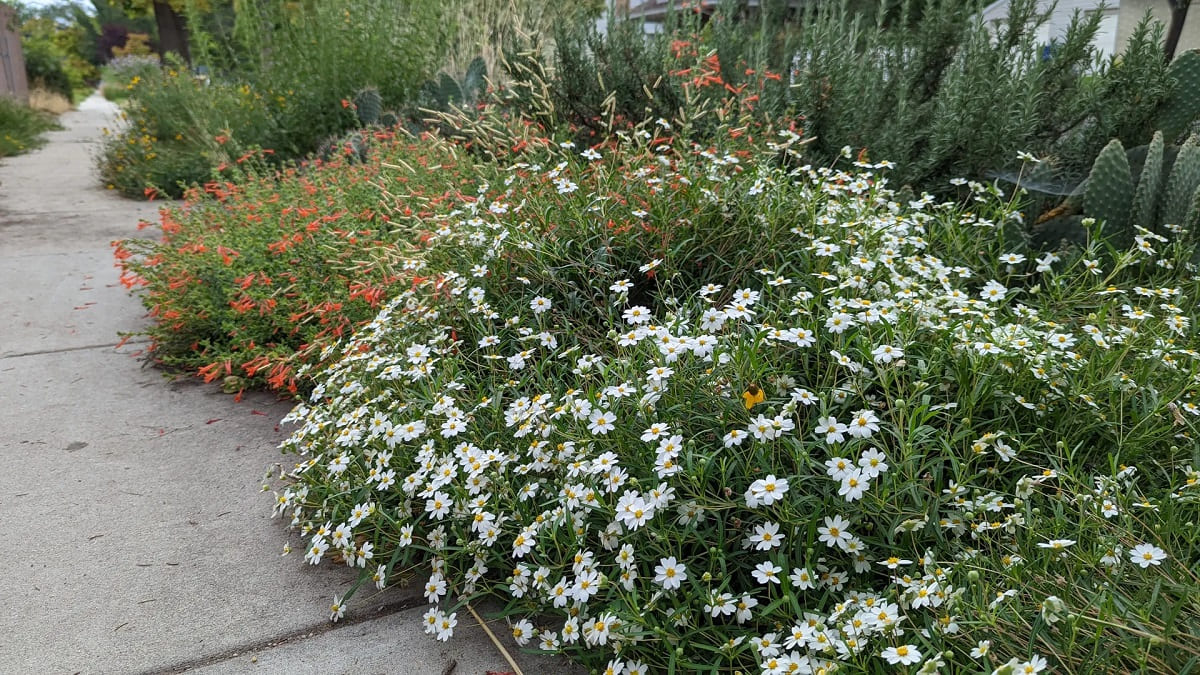



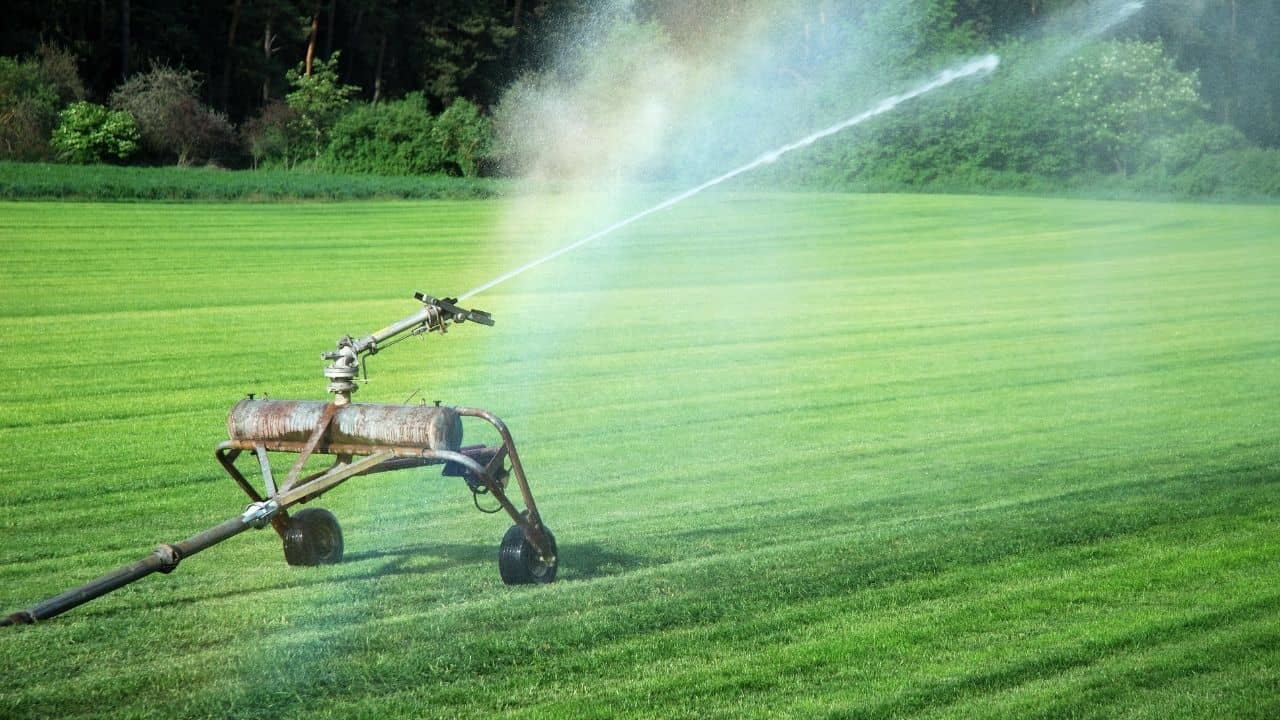



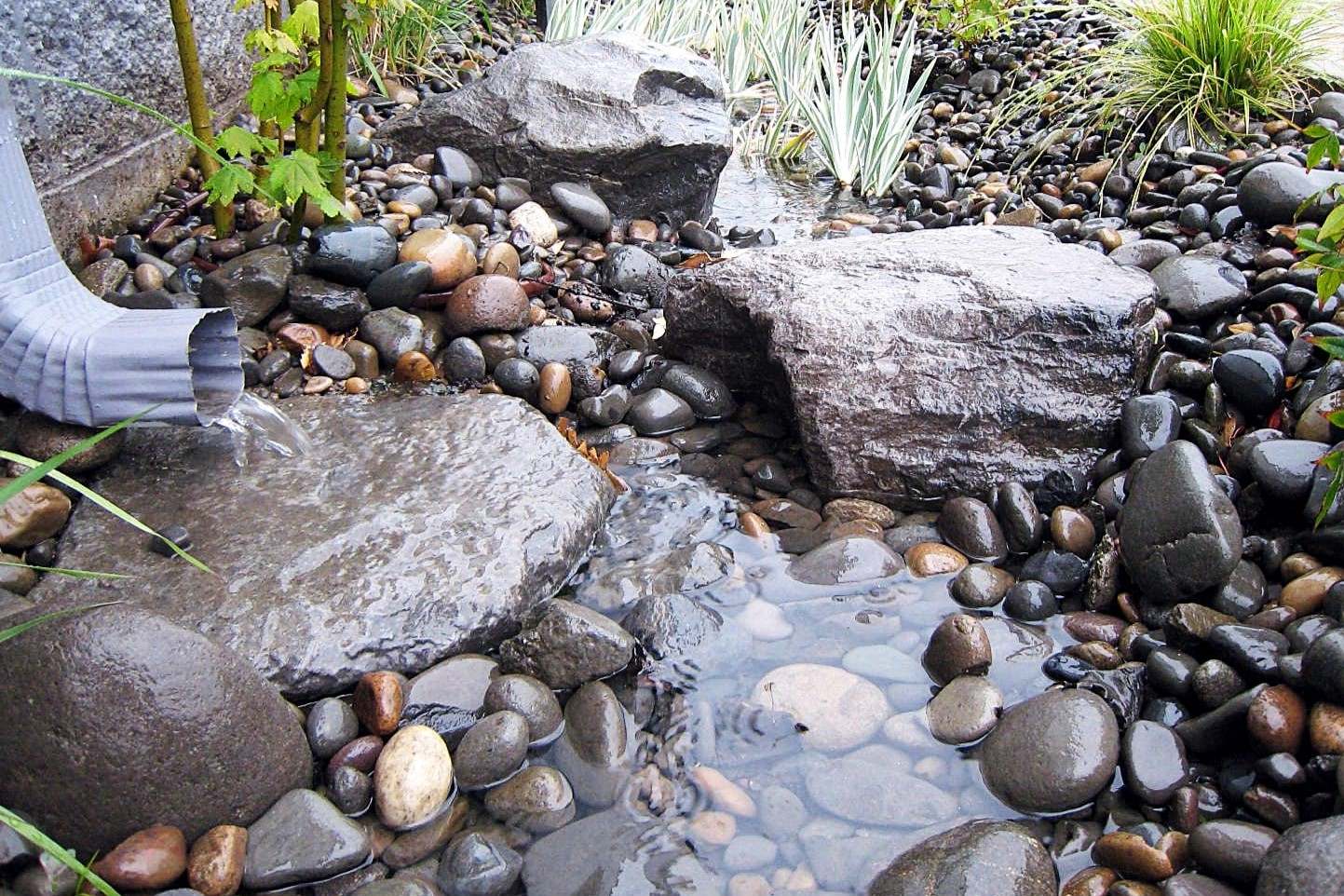


0 thoughts on “Xeriscaping 101: Water-Wise Landscaping For Dry Climates”